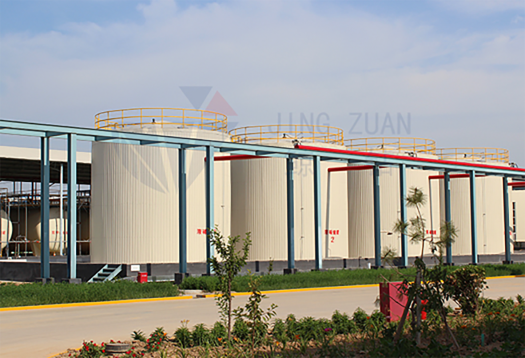
আগস্ট . 01, 2024 04:31 Back to list
Exploring the Versatility and Applications of HEC Cellulose in Modern Industries and Research
Understanding HEC Cellulose Composition, Properties, and Applications
Hydroxyethyl cellulose (HEC) is a water-soluble polymer derived from cellulose, a natural polymer found in the cell walls of plants. HEC is created through the chemical modification of cellulose by the introduction of hydroxyethyl groups. This modification enhances its solubility in cold water and results in a range of desirable properties that make HEC a valuable material used across various industries.
Composition and Structure
Cellulose itself is a linear polysaccharide composed of repeating units of glucose. The structure of cellulose is characterized by extensive hydrogen bonding between chains, which leads to its high tensile strength and insolubility in water. By chemically modifying cellulose, HEC is produced, altering its hydrophilicity due to the hydroxyethyl groups that disrupt the hydrogen-bonding network. The degree of substitution, or the number of hydroxyethyl groups introduced per glucose unit, can influence the properties of HEC, including its solubility, viscosity, and thickening capacity.
Properties of HEC
One of the most significant properties of HEC is its ability to dissolve in water, forming a clear, viscous solution. This solubility is particularly useful in formulations where a clear gel or thickened solution is required. HEC exhibits excellent rheological properties, such as viscosity stability and shear-thinning behavior, which means that its viscosity decreases under shear stress, making it easy to incorporate into various formulations during processing.
Furthermore, HEC is non-ionic, which imparts compatibility with numerous additives and a wide range of pH levels. It is also biodegradable and environmentally friendly, making it a favorable choice in today's eco-conscious market.
Applications
hec cellulose

The versatility of HEC allows it to be employed in an array of applications across numerous industries
1. Cosmetics and Personal Care HEC is commonly used in the cosmetic industry as a thickener and stabilizer in products such as shampoos, conditioners, lotions, and creams. Its ability to provide a smooth texture and enhance the spreadability of formulations makes it a popular choice among cosmetic formulators.
2. Pharmaceuticals In the pharmaceutical sector, HEC serves as an excipient, offering controlled release properties for drug formulations. Its viscosity-controlling abilities make it suitable for suspensions, gels, and ointments, improving the delivery and stability of active ingredients.
3. Construction HEC is utilized in construction materials, particularly in tile adhesives, joint compounds, and wall coatings. It enhances water retention and improves workability, ensuring better adhesion and performance for construction applications.
4. Food Industry As a food additive, HEC acts as a thickening and stabilizing agent, offering improved texture and mouthfeel in various food products. Its application is regulated and ensures safety in food formulations.
5. Oil and Gas Industry HEC is also employed in the oil drilling industry as a viscosifying agent in drilling fluids, helping to stabilize boreholes and improve the efficiency of drilling operations.
Conclusion
HEC cellulose is a multifunctional polymer that bridges the gap between natural and synthetic materials. Its unique properties and versatility make it an essential component in numerous applications, contributing to advancements in industries that range from healthcare to construction. As manufacturers increasingly seek sustainable and biodegradable alternatives, HEC stands out as an eco-friendly option that meets the demands of modern applications while continuing to play a crucial role in product formulation and development.
-
Unlocking the Benefits of HPMC Products: A Gateway to Versatile Applications
NewsAug.07,2025
-
Unleashing the Potential of HPMC Ashland: A Comprehensive Look
NewsAug.07,2025
-
Tile Bonding Cellulose: The Key to Superior Adhesion and Durability
NewsAug.07,2025
-
Hydroxypropyl Methylcellulose Powder: The Versatile Component in Modern Pharmaceuticals
NewsAug.07,2025
-
Hydroxyethyl Cellulose: The Versatile Solution for Various Industries
NewsAug.07,2025
-
Hydroxyethyl Cellulose (HEC): The Versatile Polymer for Various Applications
NewsAug.07,2025







